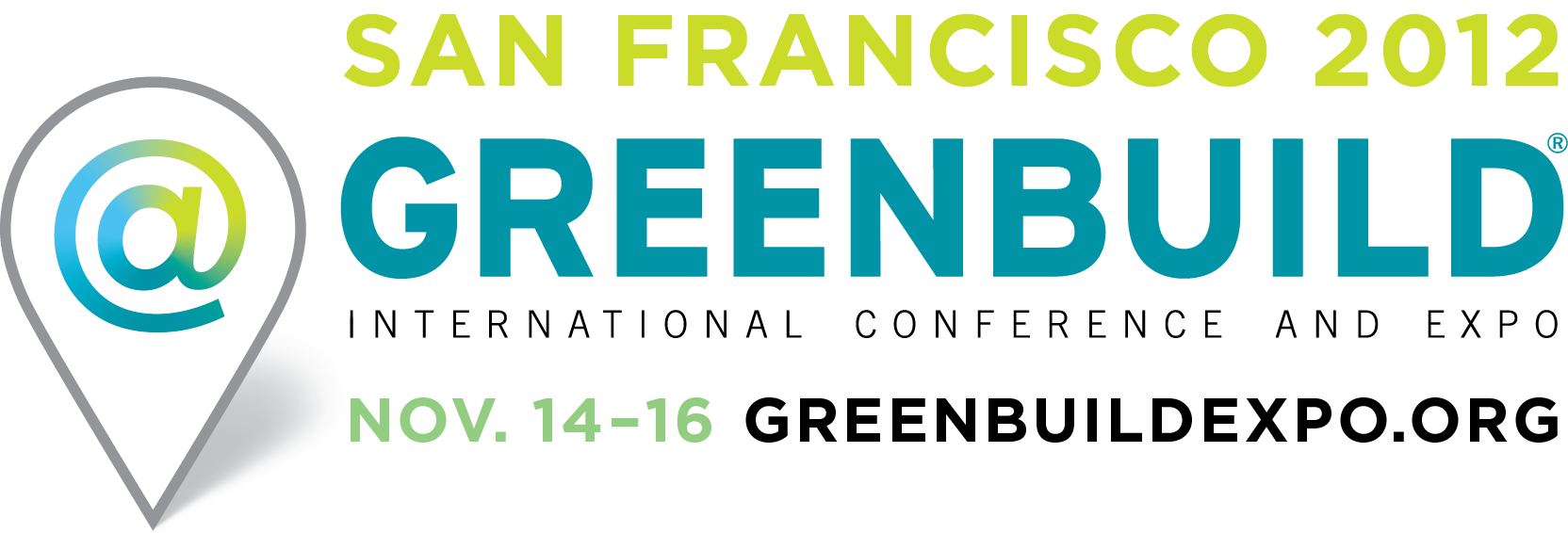The U.S. Green Building Council (USGBC) announces its partnership with Pearson to launch USGBC’s online workforce education program for the LEED Green Associate credential. The partnership will expand the reach of USGBC’s educational offerings and educate the next generation of green building leaders.
“Together we will develop a host of education programs that will reach those in the green building market today and help the future building professionals learn the ins and outs of green building, ” said Doug Gatlin, VP of Education Delivery, U.S. Green Building Council. “Pearson’s origins were in the construction business during the Industrial Revolution and they became one of the world’s leading contractors. While they are a different company today, their roots underpin everything they do and they are a perfect fit for USGBC.”
Education is critical to USGBC’s mission of transforming the building environment. “Our community believes in better buildings; places that complement our environment and enhance our communities. Places that give people better, brighter, healthier spaces to live, work and play,” added Gatlin.
“The rapid growth in green energy and building underscores the strong need for workforce training in this area,” said Leah Jewell, President of Pearson Health Science and Careers. “We’re honored to partner with an organization that is helping to spur job growth while contributing to a healthier environment in communities across the nation.”
As part of the partnership, Pearson has launched USGBC’s online workforce education program for the LEED Green Associate credential. The program includes online courses to help learners successfully prepare for the LEED Green Associate exam and learn green building strategies and techniques.
The LEED Green Associate is a professional credential for those just starting out in green building or for those who are not on green building project teams like lawyers, marketing professionals, students, and real estate professionals.
Pearson is providing nine LEED online courses in healthcare, business, construction and hospitality and tourism. Course content covers knowledge assessment, remediation, self-paced material and practice exams. Pearson is also providing two of USGBC’s print titles to prepare students for the LEED Green Associate Exam: Green Building and LEED Core Concepts, which explains the fundamental tenets of green building, offers strategies for implementation and provides specific case studies; and the USGBC LEED Green Associate Study Guide.
To learn more, please visit: http://www.pearsoncustom.com/us/greenbuilding/index.html. +
Related Stories
Architects | May 2, 2024
Emerging considerations in inclusive design
Design elements that consider a diverse population of users make lives better. When it comes to wayfinding, some factors will remain consistent—including accessibility and legibility.
K-12 Schools | Apr 30, 2024
Fully electric Oregon elementary school aims for resilience with microgrid design
The River Grove Elementary School in Oregon was designed for net-zero carbon and resiliency to seismic events, storms, and wildfire. The roughly 82,000-sf school in a Portland suburb will feature a microgrid—a small-scale power grid that operates independently from the area’s electric grid.
AEC Tech | Apr 30, 2024
Lack of organizational readiness is biggest hurdle to artificial intelligence adoption
Managers of companies in the industrial sector, including construction, have bought the hype of artificial intelligence (AI) as a transformative technology, but their organizations are not ready to realize its promise, according to research from IFS, a global cloud enterprise software company. An IFS survey of 1,700 senior decision-makers found that 84% of executives anticipate massive organizational benefits from AI.
Codes and Standards | Apr 30, 2024
Updated document details methods of testing fenestration for exterior walls
The Fenestration and Glazing Industry Alliance (FGIA) updated a document serving a recommended practice for determining test methodology for laboratory and field testing of exterior wall systems. The document pertains to products covered by an AAMA standard such as curtain walls, storefronts, window walls, and sloped glazing. AAMA 501-24, Methods of Test for Exterior Walls was last updated in 2015.
MFPRO+ News | Apr 29, 2024
World’s largest 3D printer could create entire neighborhoods
The University of Maine recently unveiled the world’s largest 3D printer said to be able to create entire neighborhoods. The machine is four times larger than a preceding model that was first tested in 2019. The older model was used to create a 600 sf single-family home made of recyclable wood fiber and bio-resin materials.
K-12 Schools | Apr 29, 2024
Tomorrow's classrooms: Designing schools for the digital age
In a world where technology’s rapid pace has reshaped how we live, work, and communicate, it should be no surprise that it’s also changing the PreK-12 education landscape.
Adaptive Reuse | Apr 29, 2024
6 characteristics of a successful adaptive reuse conversion
In the continuous battle against housing shortages and the surplus of vacant buildings, developers are turning their attention to the viability of adaptive reuse for their properties.
AEC Innovators | Apr 26, 2024
National Institute of Building Sciences announces Building Innovation 2024 schedule
The National Institute of Building Sciences is hosting its annual Building Innovation conference, May 22-24 at the Capital Hilton in Washington, D.C. BI2024 brings together everyone who impacts the built environment: government agencies, contractors, the private sector, architects, scientists, and more.
Mass Timber | Apr 25, 2024
Bjarke Ingels Group designs a mass timber cube structure for the University of Kansas
Bjarke Ingels Group (BIG) and executive architect BNIM have unveiled their design for a new mass timber cube structure called the Makers’ KUbe for the University of Kansas School of Architecture & Design. A six-story, 50,000-sf building for learning and collaboration, the light-filled KUbe will house studio and teaching space, 3D-printing and robotic labs, and a ground-level cafe, all organized around a central core.
Sports and Recreational Facilities | Apr 25, 2024
How pools can positively affect communities
Clark Nexsen senior architects Jennifer Heintz and Dorothea Schulz discuss how pools can create jobs, break down barriers, and create opportunities within communities.

















